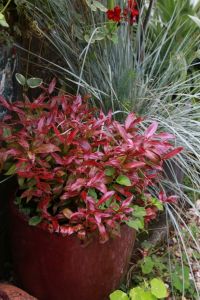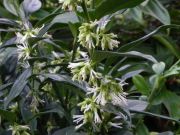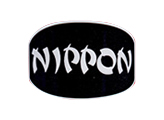Getting the best from your garden in winter
Winter is far from a dead time in the garden. Although you might not be out there as much, you still see it and enjoy the colour and interest it can bring. Our attitude towards the winter garden has changed dramatically in the last half century. Not so long ago the garden was put to bed in autumn and deserted until the following spring. Today, with a wider palette of plants at our fingertips, and generally milder winters, the garden can be every bit as colourful and interesting as it is in any other season.
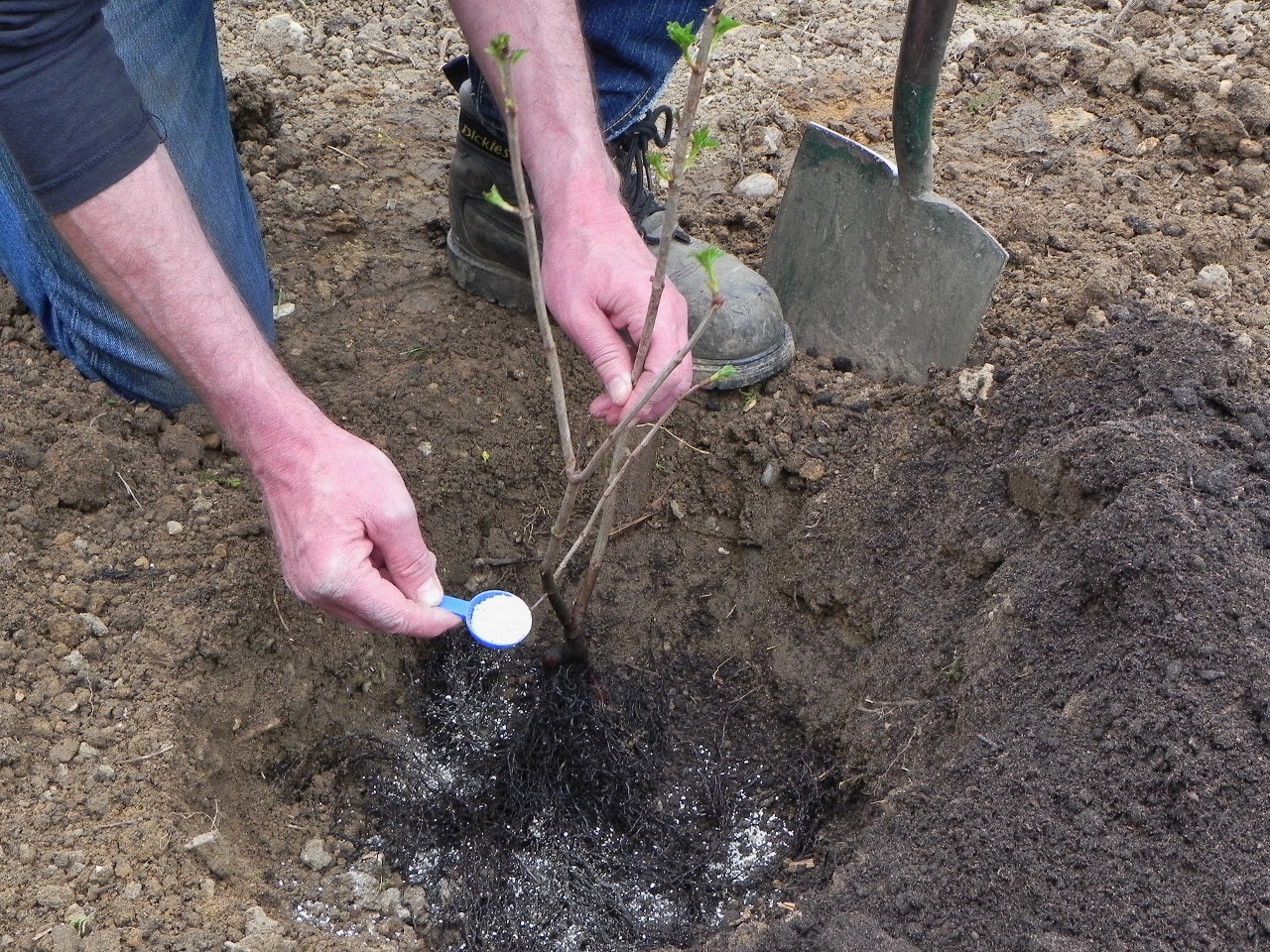 Evergreen shrubs excel in winter when deciduous subjects shed their leaves. Some that are left bare have colourful stems, making winter their most attractive season. Some shrubs and perennials defy the elements and choose winter as their season to bloom. In fact some of our favourites, such as hellebores, flower in the coldest months. In mild weather winter is a good time to plant, both container grown hardy plants, and trees and shrubs that are lifted from the field and planted bare root.
Evergreen shrubs excel in winter when deciduous subjects shed their leaves. Some that are left bare have colourful stems, making winter their most attractive season. Some shrubs and perennials defy the elements and choose winter as their season to bloom. In fact some of our favourites, such as hellebores, flower in the coldest months. In mild weather winter is a good time to plant, both container grown hardy plants, and trees and shrubs that are lifted from the field and planted bare root.
This is the time to plant British native hedging plants such as hawthorn (Crateagus monogyna), hazel (Corylus avellana), guelder rose (Viburnum opulus) and spindle (Euonymus europaeus). These are planted as hedging “whips”; young shrubs that are lifted from the field and transplanted when dormant. Planted in well-prepared ground in winter they have a few months to form a good root system before the leaves unfurl and they start to grow. You can help them by adding Vitax Q4 Rootmore to the planting holes. This is based on mycorrhizal fungi which form a mycelium that grows in association with the plants’ roots, greatly enhancing their capabilities and growth.
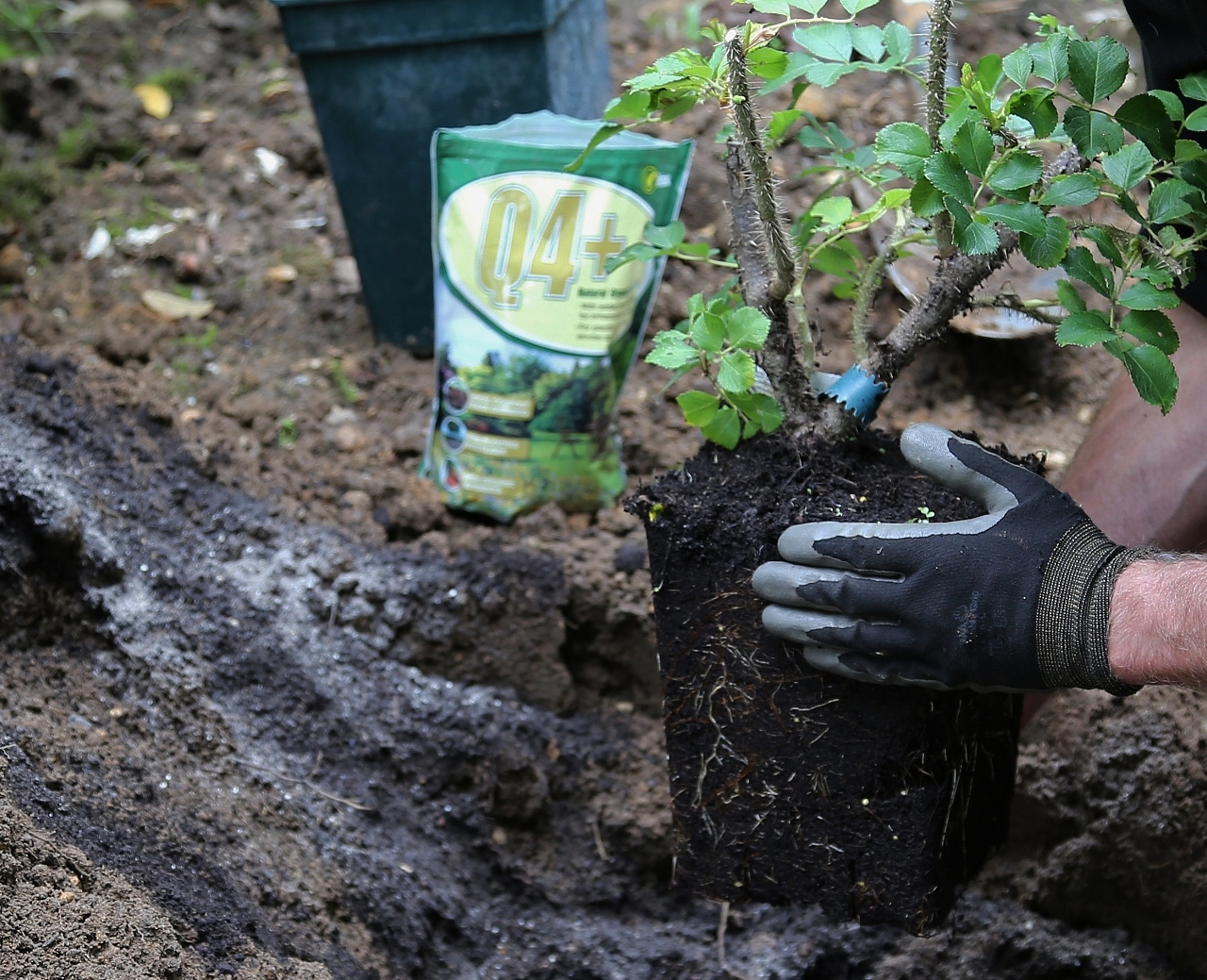 Traditionally roses are planted bare root from late autumn. Today they are often offered for sale in containers during the winter. These have been grown in the field and containerised in autumn, so planting one is just like planting a bare root rose. They do not have fibrous root systems and often any soil falls away from the roots when you plant. Don’t panic. Planted firmly in well-prepared ground, adding Vitax Q4 Rootmore to the planting hole they soon make new roots in preparation for growth and flowering the following summer.
Traditionally roses are planted bare root from late autumn. Today they are often offered for sale in containers during the winter. These have been grown in the field and containerised in autumn, so planting one is just like planting a bare root rose. They do not have fibrous root systems and often any soil falls away from the roots when you plant. Don’t panic. Planted firmly in well-prepared ground, adding Vitax Q4 Rootmore to the planting hole they soon make new roots in preparation for growth and flowering the following summer.
If your garden lacks colour in winter consider adding one or two dogwoods with colourful winter stems. The most striking of these, whichsuits gardens of all sizes, is Cornus sanguinea ‘Midwinter Fire’. Soft green foliage through summer turns to shades of flame and gold in autumn. As the leaves fall the glowing orange stems are revealed, becoming more intensely coloured as the days get colder. It never takes up too much space because you cut the stems back to a few centimetres above ground level in early spring. The stems then grow vigorously to around 1.2m (4ft) and give a great show of colour through the colder months.
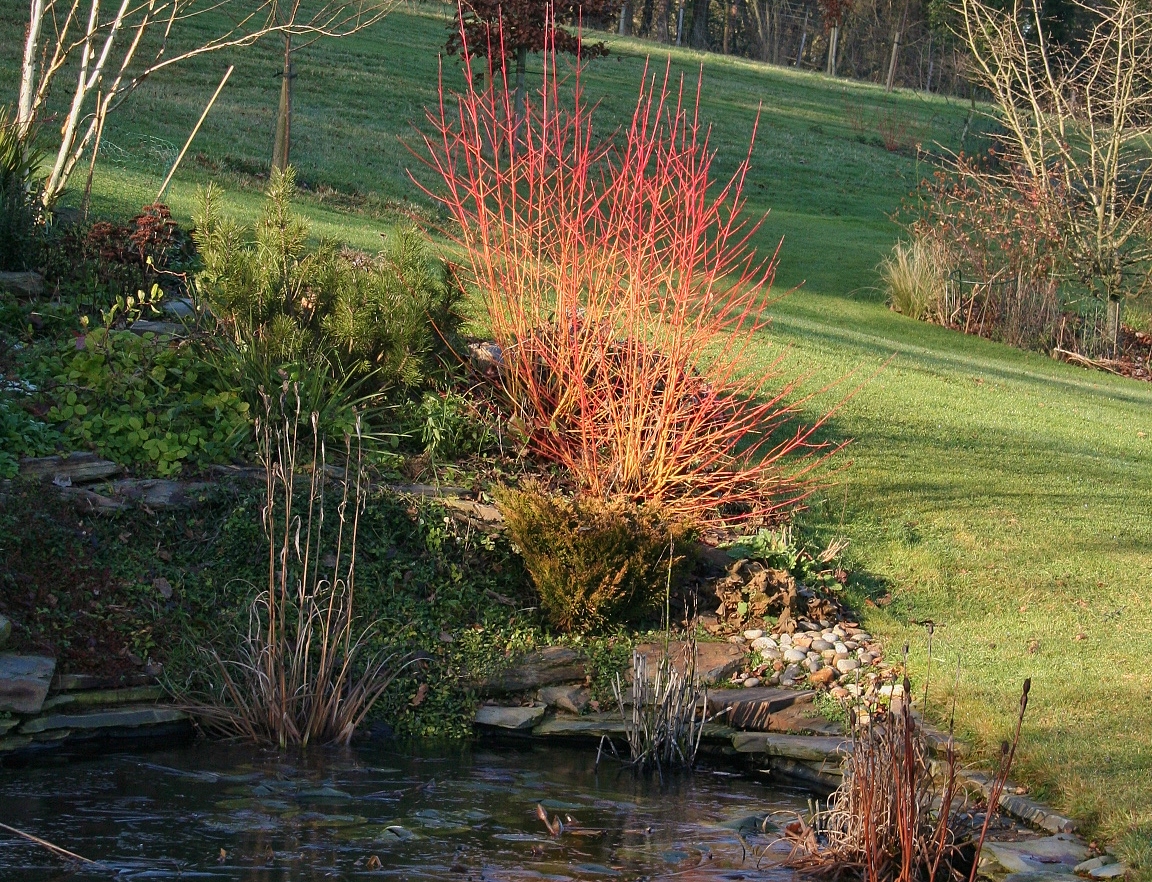
Winter is a great time to plant, as long as the ground is not frozen. Traditionalists may recommend Bone Meal as a planting fertiliser, because it encourages healthy root development. However for the best possible start give new shrubs a handful or two of Vitax Q4+. It contains all the nutrients plants need, plus those mycorrhizal fungi for fast establishment.
This is the time to think about growing evergreen shrubs in pots, to bring winter colour onto the patio. Leucothoe takes some beating. There are a number of varieties to choose from, including the stunning Leucothoe ‘Scarletta’. This plant needs acid soil, so in a pot use Vitax ericaceous compost. It’s a great choice for small gardens, because it never grows to more than 60cm (2ft) with a similar spread. The shining arrow-head leaves are deep green, flushed with red becoming vivid scarlet in winter.
Plants that bloom in winter are a welcome addition to any garden, especially when they are fragrant. Sarcococca confusa is a great little shrub with upright stems and glossy green leaves. It thrives in shade and seems to like both clay and chalk: soils that can be challenging. The flowers appear early in the New Year: small white tufts in the leaf axils. They may not be spectacular, but the scent is powerful and drifts through the whole garden. Plant it near a window or doorway, so that you can enjoy it on the cool winter air. Container grown plants are always on offer around flowering time, and don’t forget to use Vitax Q4+ when you plant to give it the best possible start.
One final tip: If the weather is mild, and the grass keeps growing, it’s a good idea to cut it when the weather permits. Set the mower higher than usual and don’t reduce the height of the grass by more than one third. Keeping the grass shorter avoids having to cut long grass in spring.
However, in frosty weather keep off the grass. Walking on frozen grass usually results in black footprints that persist when the turf thaws out.
Andy McIndoe for Vitax
Your login details have been used by another user or machine. Login details can only be used once at any one time so you have therefore automatically been logged out. Please contact your sites administrator if you believe this other user or machine has unauthorised access.







